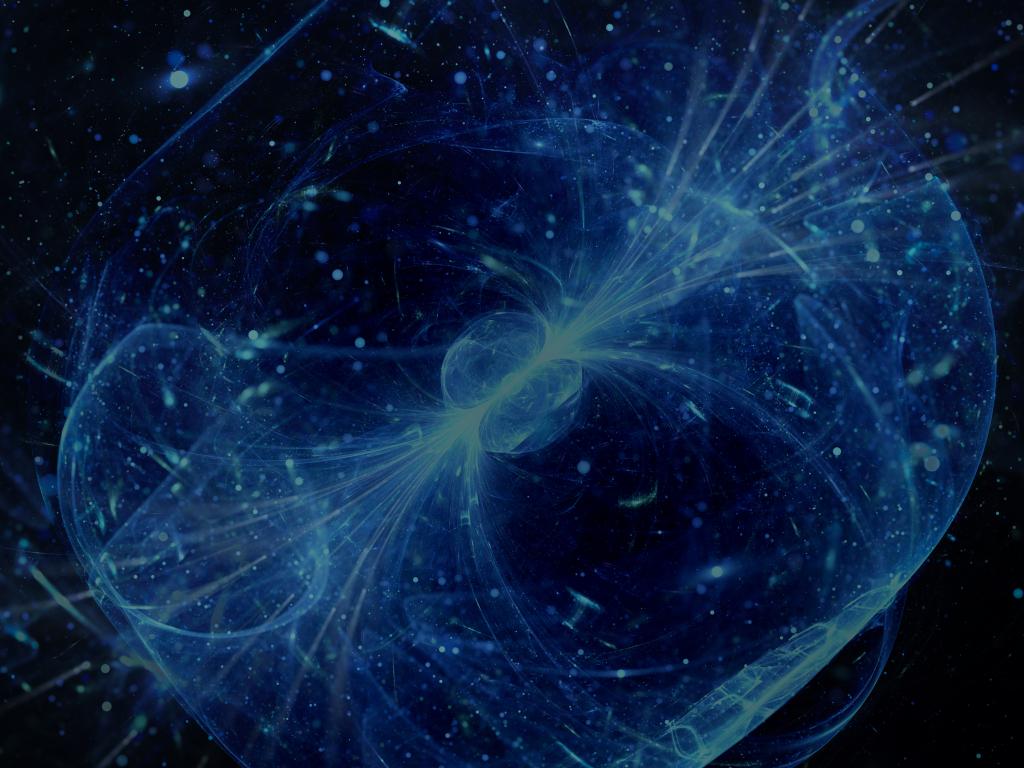Admission CTAs
Mason Scientist propels understanding of Mars with review of its whole atmosphere
Mars is one of the most studied planets in our solar system, second only to Earth. Signs point to the red planet once existing as a habitable world like our own, mustering intense fascination from scientists to understand the history of Mars’ environment and how it came to its present state. For the first time, Mason’s Dr. Erdal Yiğit, associate professor in the Department of Physics and Astronomy pulled these studies together in a single review to reveal Martian whole atmosphere couplings and interactions.
“If we understand the physics, the chemistry, and dynamics of the weather on Mars, this can help us understand the history of Earth and of atmosphere solar system planets,” said Yiğit.
His recently published article in Nature Geoscience reviews studies conducted on separate atmosphere layers and analyzes how those layers engage one another and the phenomena created from those interactions. Though a multitude of data exists about Mars, atmospheric coupling (bringing areas together to view interactions) is less explored and one Yiğit says is key to understanding the history of the planet. His review uncovered that the meteorological processes (e.g., waves, dust storms) play an important role in the loss of water from the Martian upper atmosphere, especially during global-scale dust storms. This loss could have played a significant role in what led to Mars’ current barren and cold weather climate.
“Understanding what happened to Mars could indicate whether the same could happen on Earth,” he said.
Yiğit is one of the few scientists around the world to study whole planetary atmospheres. In 2016 he was awarded the Zeldovich medal by the Committee on Space Research (COSPAR) and the Russian Academy of Sciences for significant contributions to the study of coupling between the lower and upper atmospheres by gravity waves on Earth and Mars. For the past several years, he and a group of collaborators carved out this new research area. By applying their work to Earth, researchers can now understand why orbiting satellites detect disturbances in the outermost atmospheric layer by looking closely at the weather patterns and waves that then propagate upward from Earth’s surface. Yiğit uses global scale models, gravity wave models, and satellite observations to study various long-range coupling processes. Researchers use established computation and modeling tools to combine measurements with lower-level wave generation in order to understand Earth’s systems more fully.
Yiğit explained that scientists study Earth using certain computation and modeling tools to develop and improve theories. He added that scientists now see the same basic physics on Mars and can use those developed techniques to study the planet in similar ways. The next step, therefore, is to apply those same models to Mars. “Mars has satellites measuring all atmospheric levels, but what they need is to connect the dots,” Yiğit said.
By comparing different planets and their atmospheres, known as comparative planetary science, scientists can solve major problems of atmospheric physics or ionospheric physics. “Techniques, methods and models that have been developed for Earth can be used on Mars by adjusting certain parameters,” he said.
In doing so, Yiğit said this will unlock a new wave of exciting scientific discovery for the field of atmosphere-ionosphere science and space weather on Mars. And, he hopes this new wave will motivate young scientists to consider studying planets with a more general atmospheric view and propel this area of study forward.


